

CHNEP Launches Water Atlas 2.0 with Enhanced Visualization Tools
The 2024 update introduced interactive mappers and dashboards that provide real-time water quality data, enabling the public to track nutrient levels and other key indicators across local water bodies.
Award-Winning Dona Bay Restoration Reduces Nutrient Pollution and Restores Natural Flows
Sarasota County and SWFWMD continue efforts to restore Dona Bay by creating wetlands and ponds to manage excess freshwater. Phase 2 has removed 1,800 pounds of nitrogen, while a 2024 water hyacinth harvest extracted 7,636 pounds. The project earned the 2024 Florida...
Sarasota County Government Continues Investing in Wastewater Infrastructure
In 2021, Sarasota County Government Utilities continued to inspect, maintain, upgrade, and replace priority failing wastewater infrastructure with millions of dollars of new investments in pipes, manholes and lift stations.


Recent Comments